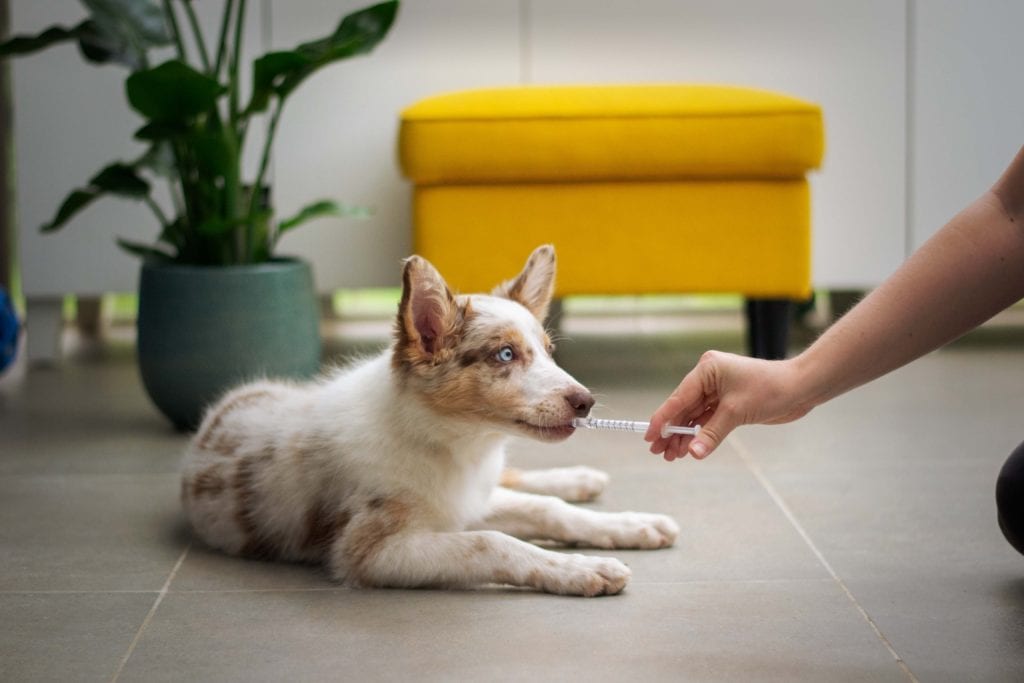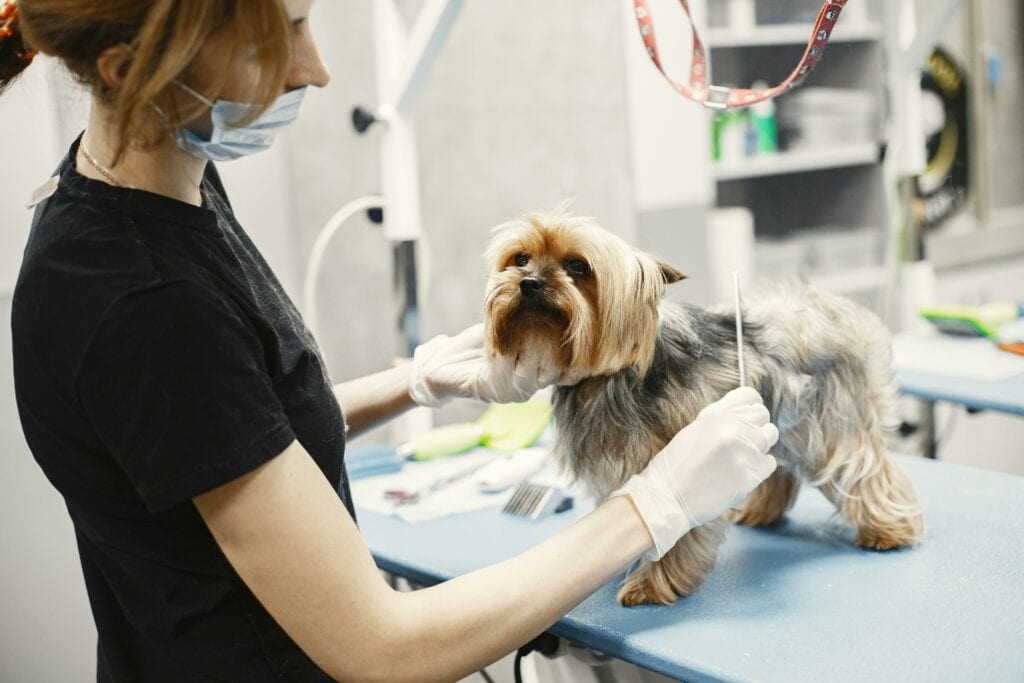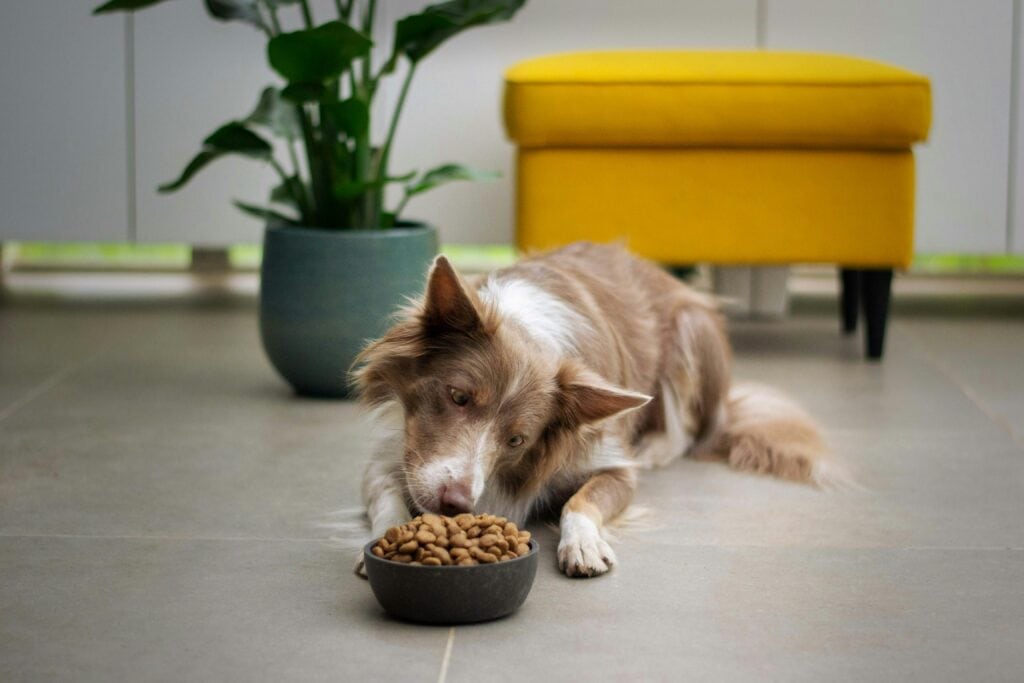What is MRSP?
MRSP stands for Methicillin-Resistant Staphylococcus pseudintermedius. Just like humans, most dogs carry Staph bacteria on their skin. This is part of the “normal flora”, meaning the normal bacteria that live on healthy animals.
How does it develop?
Regular Staph is susceptible to (can be killed by) most commonly used antibiotics. When animals have been exposed to antibiotics repeatedly, the bacteria mutate and become stronger so that traditional antibiotics will no longer kill it. Once bacteria carries the gene for resistance, it can pass that gene on to other bacteria.
What does methicillin-resistant mean?
Methicillin is an antibiotic commonly used in the laboratory to test for antibiotic resistance. If bacteria test resistant to methicillin, that means it is resistant to all beta-lactam antibiotics (penicillin, amoxicillin, Clavamox, cephalexin, Convenia, Simplicef, etc). Most of the methicillin-resistant Staph in the US is also “multi-drug resistant”, meaning it is also resistant to 2 or more other classes of antibiotics such as clindamycin, sulfa drugs, tetracylclines, and fluoroquinolones like Baytril/ Zeniquin/ Ciprofloxacin/ Orbifloxacin.
What antibiotics can we use?
A skin culture and sensitivity must be done to determine what antibiotics are expected to work. Oftentimes chloramphenicol is the only oral choice. This drug has numerous side effects. In dogs the most common side effects are loss of appetite, weight loss, vomiting, or diarrhea. It can also cause weakness of the rear limbs, which is more common in older, large-breed dogs after multiple weeks of treatment. None of these side effects are permanent in dogs and they will go back to normal if the drug is stopped for a few days. Please call your veterinarian if these side effects occur and they’ll advise you on how to stop or change the dose. In rare cases, chloramphenicol can cause aplastic anemia (suppression of the bone marrow) in people. This is very uncommon, but it’s a very serious disease, so you will be asked to wear gloves and always wash your hands when handling the drug. Topical therapy is also really important because bacteria almost never becomes resistant to ingredients in shampoo or ointments. It helps to fight the infections from the outside in addition to antibiotics within. In some cases where there are no safe antibiotic options, a diluted bleach and water mixture can be used (speak to your veterinarian for specific dilution instructions).
Is my dog going to die from this infection?
Almost never. Skin infections are not usually life-threatening unless they are extremely severe and get into the bloodstream (very rare). MRSP is not any more deadly than regular dog Staph, it’s just harder to kill with antibiotics. If we can find the right antibiotic to use, there is just as good a chance we’ll resolve their infection as with regular Staph.
Why did my dog get this infection?
Skin infections are always secondary to some underlying disease that weakens the skin barrier. The most common causes of skin infections are allergic skin disease (flea, food, and environmental), hormone imbalances (hypothyroidism, Cushing’s disease, diabetes), and suppression of the immune system from drugs like steroids or chemotherapy. We need to treat the bacterial infection, otherwise your dog won’t get better, but we also need to find and treat the underlying cause, otherwise the infections will keep coming back.
Is this infection contagious to my family?
Not usually. Humans carry our own species of Staph called Staphylococcus aureus. The Staph from dogs does not usually infect humans unless their immune system is suppressed from severe diseases like cancer or AIDS. The elderly, infants, and pregnant women also tend to have decreased immunity. In these people, we recommend limiting contact with dogs who carry MRSP. In other healthy adults, the chances of infections are very low, but we still recommend some general precautions: Avoid close contact (don’t let your dog sleep in bed with you), wash hands with antibacterial soap after touching your dog, and disinfect floors and bedding weekly. If a skin problem arises in you or a family member, contact your family-care doctor. You do not need to euthanize your pet, keep them outdoors, or find them a different home.
Is this infection contagious to my other pets?
That has not been proven 100%. Bacterial infections are not directly contagious from one dog to another, since there has to be something wrong with each dog’s skin before an infection can occur. On the other hand, the MRSP could spread from one dog to be carried as normal flora on another dog. It is not usually possible to keep dogs separate when they live in the same household. For this reason, we recommend watching your other dogs for signs of skin problems. If they develop a skin problem somewhere down the line, a skin culture may be needed for each pet to determine if their Staph is resistant to antibiotics or not.





